Всі міста
Agadir
Alexandria
Almaty
Antigua
Aqaba
Belize City
Berlin
Biloxi
Bronx
Bucharest
Buenos Aires
Cape Town
Capitol Reef National Park
Colombo
Crater Lake National Park
Crete
Cusco
Da Nang
Death Valley National Park
Diamond Valley
Dominican Republic
Dubai
Durban
George Town
Grand Bahama Island
Hoi An
Huntsville
Isla Verde
Jaipur
Jakarta
Johannesburg
Kayseri
Kenai
Ketchikan
Kigali
Killington
Lake George
Lanai
London
Londonderry
Luxor
Maasai Mara National Reserve
Malibu
Marseille
McCarthy
Melbourne
Michigan
Molokai
Mt Rainier National Park
Munnar
Napa & Sonoma
New Delhi
Ogden
Oman
Panama City
Paris
Pigeon Forge
Playa Flamingo
Providenciales
Punta Cana
Quebec City
Queens
Quito
Raleigh
Redondo Beach
Rio de Janeiro
Rockaway Beach
San Antonio De Belen
Santiago
Seaside
Setubal District
Siem Reap
St Lucia
St Thomas
Staten Island
Steamboat Springs
The Berkshires
Todos Santos
Trelawny
USA
Waco
Whittier
Willamette Valley
Yellowknife
Zanzibar City
Адірондаки
Айдахо
Айдахо-Спрінгс
Алабама
Альбукерке
Аляска
Амарилло
Анахайм і парк Буена
Анкоридж
Аннаполіс
Арізона
Арканзас
Асторія
Асуан
Атланта
Атлантік Сіті
Балтімор
Бангор
Бар Харбор
Бейкер Сіті
Береги затоки
Берлінгтон
Білі гори
Біллінгс
Бірмінгем
Блакитний хребет
Блумінгтон
Бозмен
Бойсе
Бока Ратон
Бостон
Боулінг Грін
Брекенрідж
Бренсон
Бруклін
Буена Віста
Буйвол
Бун
Вайомінг
Вакаяма
Валун
Ванкувер
Вашингтон
Вашингтон, округ Колумбія
Вейл
Велика Ведмідь
Велике небо
Великий острів Гаваї
Венеція
Вентура
Вермонт
Верхній півострів
Вест Палм Біч
Вигин
Виноградник Марти
Вілмінгтон
Вільямсбург
Вінстон Салем
Вірджинія
Вірджинія Біч
Вісконсін
Вісконсін Деллс
Галвестон
Гардінер
Гаррісбург
Гартфорд
Гарячі джерела
Гатлінбург
Гейнсвіль
Геттісбург
Гленвуд-Спрінгс
Глостер
Гомер
Гонолулу
Гори Поконо
Гранд-Рапідс
Графство Вестчестер
Гренада
Грін-Бей і округ Дор
Грінвіль
Грузія
Дак Крік
Даллас
Дана Пойнт
Дейтона Біч
Делавер
Денвер
Дестін
Детройт
Джеймстаун
Джексон
Джексон Хоул
Джексонвілл
Джерсі Сіті
Джуно
Довгий острів
Довгий пляж
Долина монументів
Дулут
Дуранго
Ель Пасо
Ері
Ешвіль
Ешленд
Євген
Єллоустонський національний парк
Жако
Західна Вірджинія
Західний Єллоустоун
Західний льодовик
Зелені гори
Зовнішні банки
Золоті острови
Іллінойс
Індіана
Індіанаполіс
Ісламорада
Ітака
Каїр
Какао Біч
Каламазу
Каліфорнія
Камден
Канзас
Канзас Сіті
Каньон Сіті
Карлсбад
Касабланка
Кастер
Кауаї
Кейп Мей
Кейп-Код
Кембридж
Кеннебанкпорт
Кетскіллс
Китай
Кишинів
Кі Вест
Кі Ларго
Кінгман
Кіхей
Клейпул
Клейтон
Клівленд
Коді
Колорадо
Колорадо Спрінгс
Колумб
Коннектикут
Корпус-Крісті
Кришталева річка
Куперстаун
Ла Фортуна
Ла Хойя
Ланкастер
Лас-Вегас
Лафаєт
Лахайна
Лексінгтон
Лівенворт
Літл Рок
Лос-Анджелес
Луїзіана
Луїсвіль
Макіно Сіті
МакКолл
Мамонтові озера
Манассас
Манчестер
Мармуровий водоспад
Марфа
Массачусетс
Мауї
Маунт-Плезант
Маямі
Медісон
Мемфіс
Мен
Мендосіно
Меріленд
мис Канаверал
Мілуокі
Міннеаполіс-Сент-Пол
Міннесота
Міртл Біч
Міссісіпі
Міссурі
Містика
Моав
мобільний
Монтана
Монтгомері
Монтеверде
Монтего-Бей
Монтерей і Кармель
Надгробок
Нантакет
Нассау
Національний парк Біг Бенд
Національний парк Брайс-Каньйон
Національний парк Гранд Тетон
Національний парк Гранд-Каньйон
Національний парк Грейт-Смокі-Маунтінс
Національний парк Деналі
Національний парк Еверглейдс
Національний парк Йосеміті
Національний парк Секвойя і Кінгз-Каньйон
Національний парк Сіон
Національний парк Скелясті гори
Неаполь
Небраска
Невада
Негріл
Нешвілл
Ніагарський водоспад
Ніагарський водоспад і навколо
Нова надія
Новий Лондон
Новий Орлеан
Ноксвіль
Норфолк
Нью Джерсі
Нью-Гемпшир
Нью-Йорк
Нью-Йорк
Нью-Мексико
Нью-Хейвен
Ньюарк
Ньюпорт
Ньюпорт-Біч
Оаху
Огайо
Озеро Озаркс
Озеро Тахо
Озеро Хавасу
Оклахома
Оклахома Сіті
Окленд
Олбані
Олд-Орчард-Біч
Олімпійський національний парк
Омаха
Орегон
Орландо
Осетрова затока
Осика
Остін
Острів Каталіна
Острів Келліс
Острів Пальми
Острів Тайбі
Острів Хілтон-Хед
Острови Сан-Хуан
Оушен Сіті
Пагоса Спрінгс
Палм-Спрінгс
Парк Естес
Парк Сіті
Пасо Роблес
Пекін
Пенсакола
Пенсильванія
Південна Дакота
Південна Кароліна
Південний острів Падре
Північна Дакота
Північна Кароліна
Пітсбург
Плімут
Пляж Веро
Пляж Кароліна
Пляж Лагуна
Пляж Панама Сіті
Пляж Пісмо
Пляж Рехобот
Пляж Серфсайд
Пляж Фоллі
Помаранчевий пляж
Порт-Анджелес
Порт-Аранзас
Портленд
Портсмут
Пралісна річка
Прескотт
Провидіння
Прово
Пуерто-Вальярта
Пунтаренас
Рапід Сіті
Рено
Річмонд
Роанок
Род-Айленд
Роторуа
Рочестер
Руїдозо
Саванна
Сакраменто
Салем
Сан - Дієго
Сан Франциско
Сан-Антоніо
Сан-Луїс-Обіспо
Сан-Хосе
Сан-Хосе-дель-Кабо
Сандаскі
Санкт-Петербург
Санта Барбара
Санта Круз
Санта Роза
Санта-Моніка
Санта-Фе
Сарасота
Саусаліто
Святий Августин
Святий Георгій
Сев'єрвіль
Седона
Сен-Мартен
Сент-Луїс
Ситка
Сіань
Сіетл
Сіракузи
Скагвей
Скоп'є
Скоттсдейл
Солдотна
Солт-Лейк-Сіті
Сонячна долина
Стоктон
Сторінка
Стоу
Су-Фолс
Сьюард
Таллахассі
Талса
Тамаріндо
Тампа
Таос
Телурід
Темекула
Техас
Толедо
Траверс Сіті
Тринідад
Тусон
Фейетвіль
Фенікс
Фербенкс
Філадельфія
Філіпсбург
Флагшток
Флорида
Форт Коллінз
Форт Майєрс
Форт-Ворт
Форт-Лодердейл
Франклін
Франкфорт
Французький квартал
Фредерік
Фредеріксбург
Фресно
Х'юстон
Хейворд
Хейнс
Хелдсбург
Херші
Хілі
Хіло
Хуна
Хургада
Цинциннаті
Цхалтубо
Чарльстон
Чаттануга
Челан
Чикаго
Чиста вода
Чінле
Шарлотта
Шарлоттсвіль
штат Айова
штат Кентуккі
штат Теннессі
Юрика-Спрінгс
Юта




 Подорожі та транспортні послуги
Подорожі та транспортні послуги
 uk
uk
 English
English
 Russian
Russian
 French
French
 Polish
Polish
 Serbian
Serbian
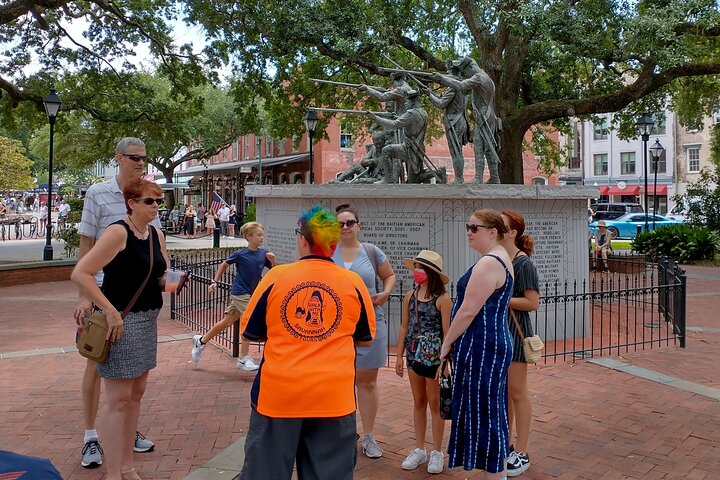
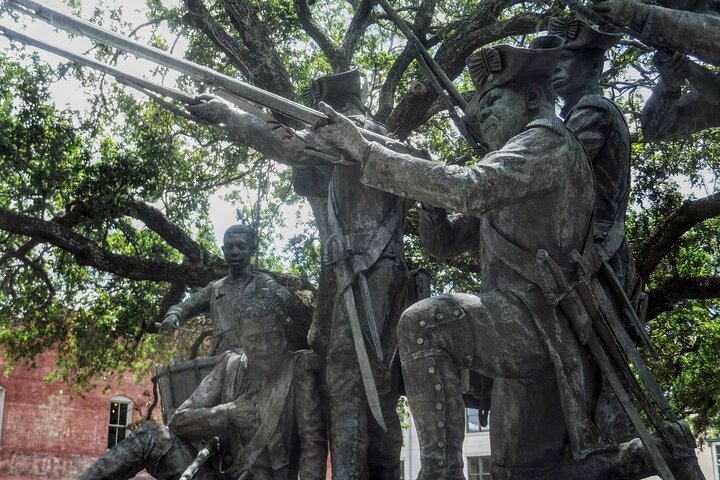
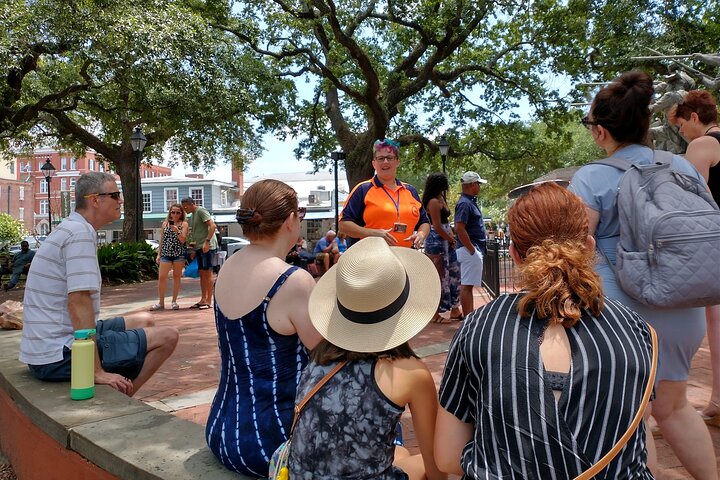
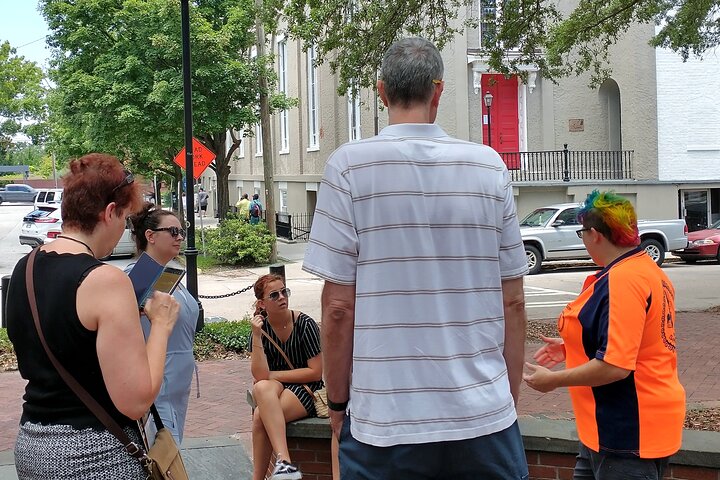
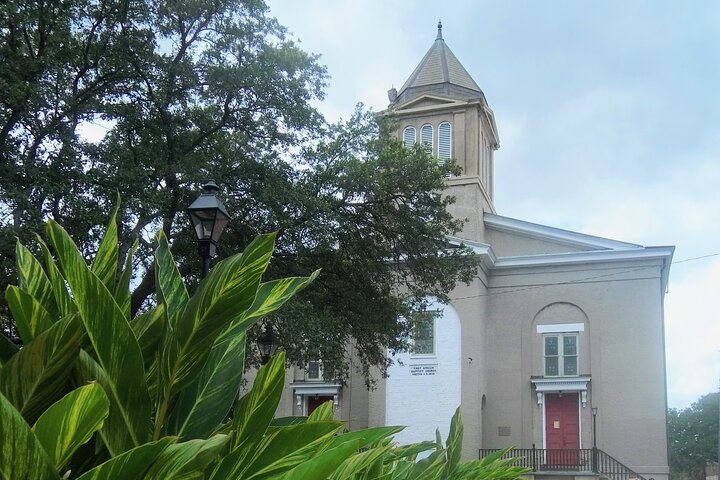
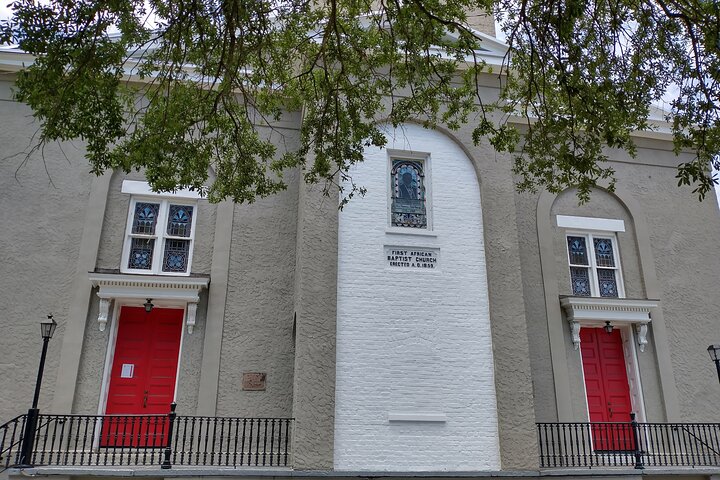
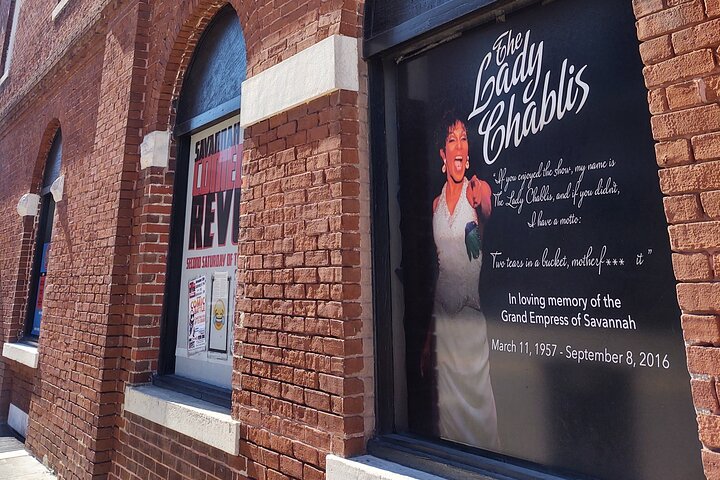
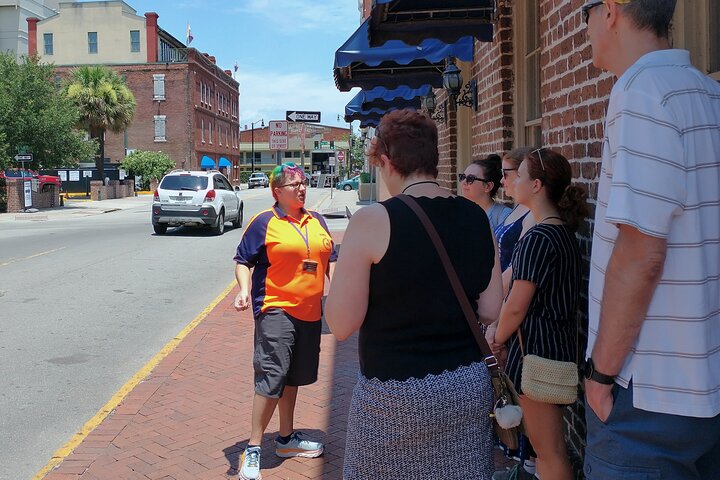
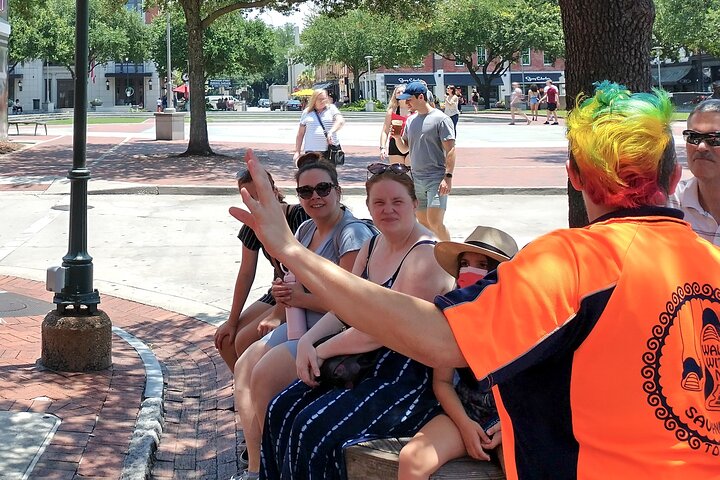
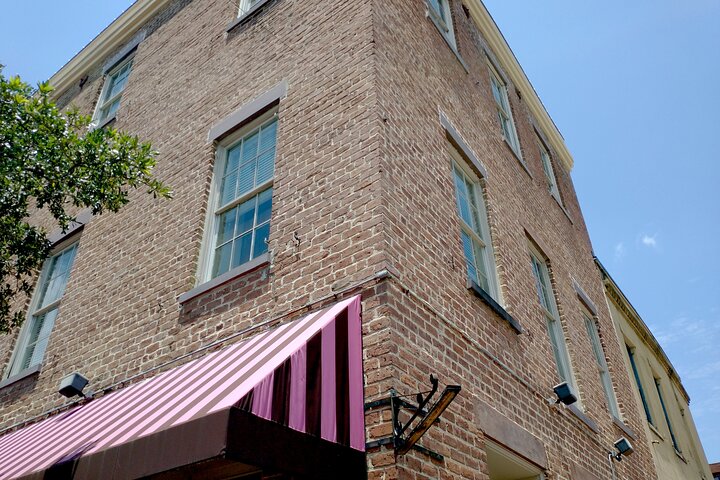
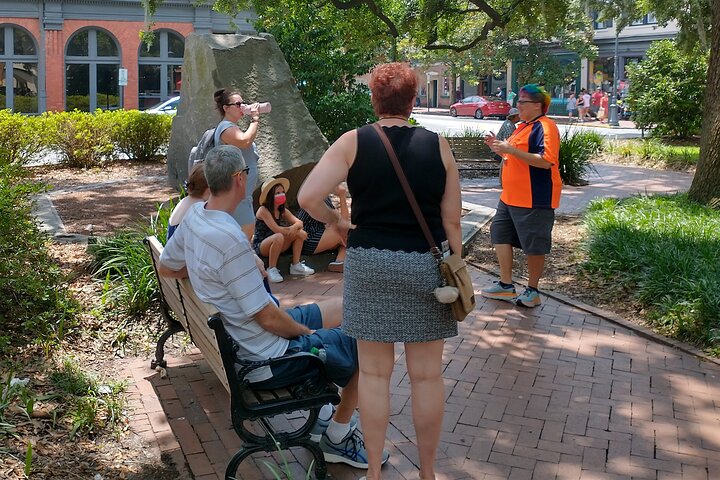
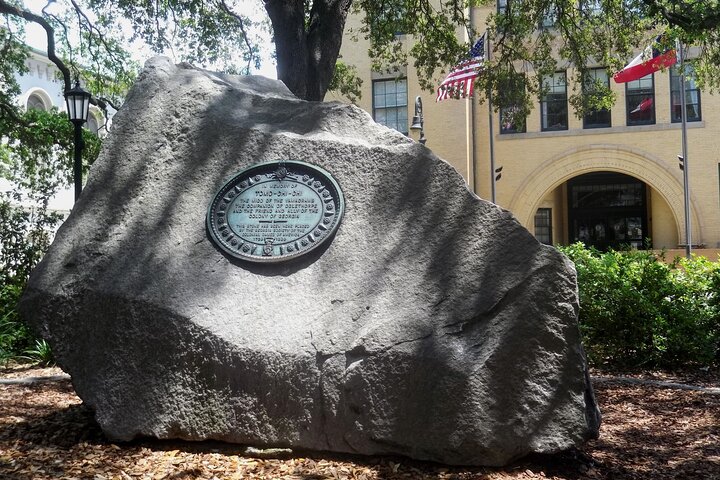
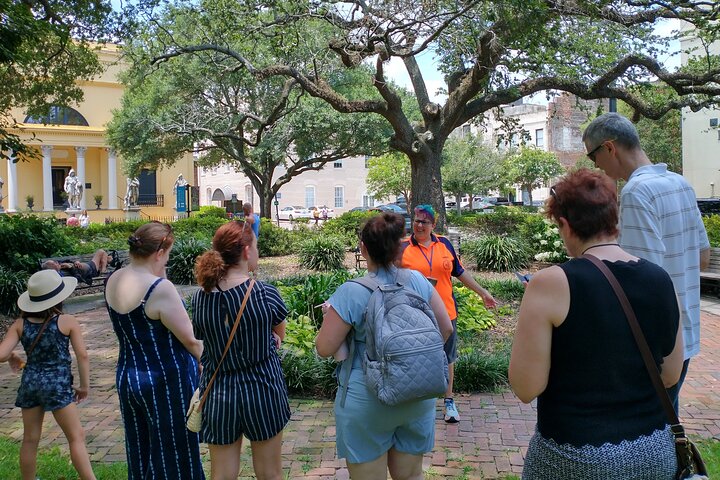
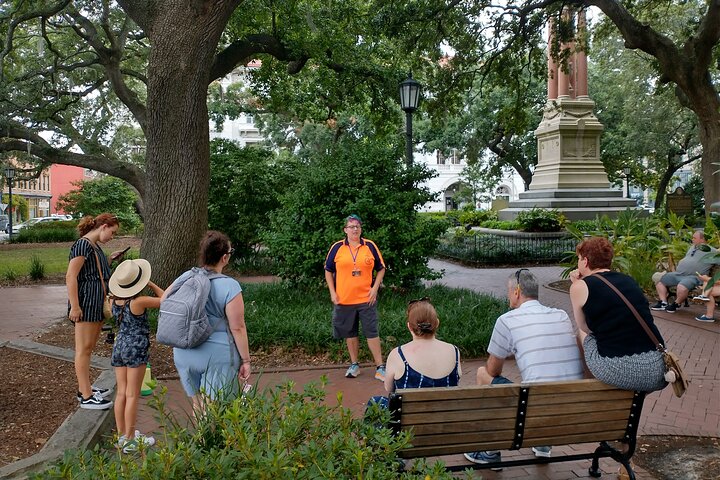
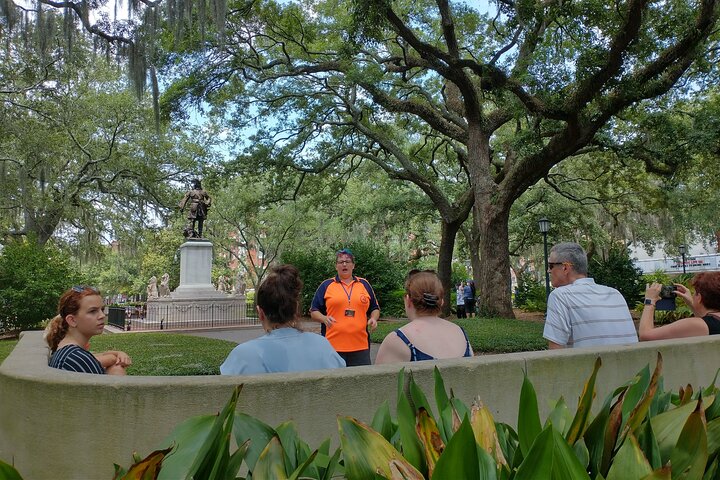
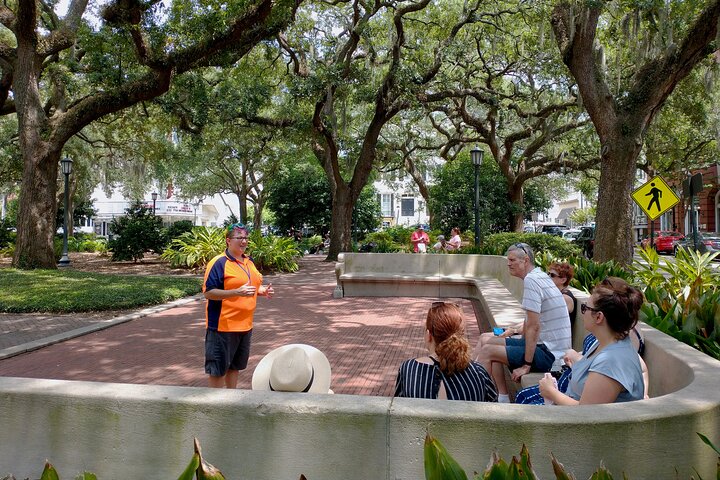
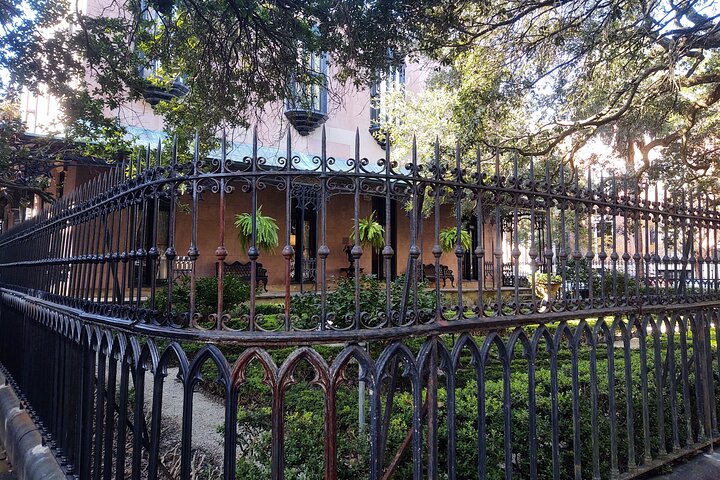
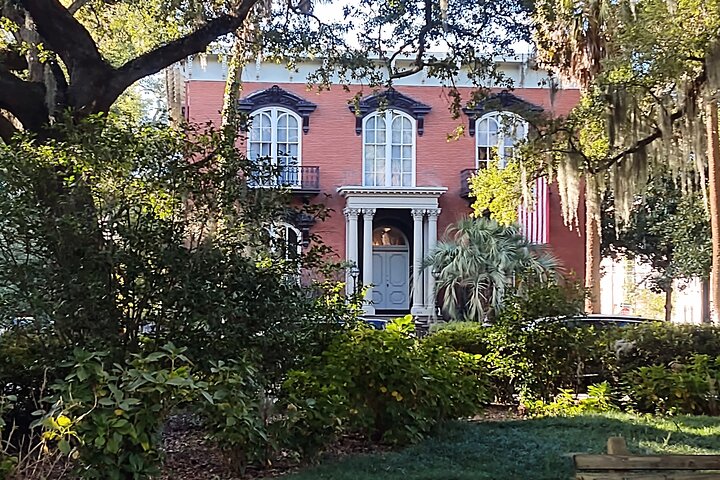
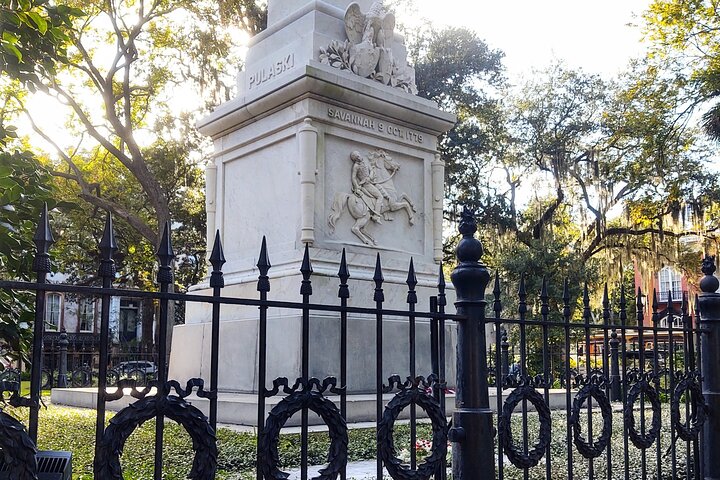
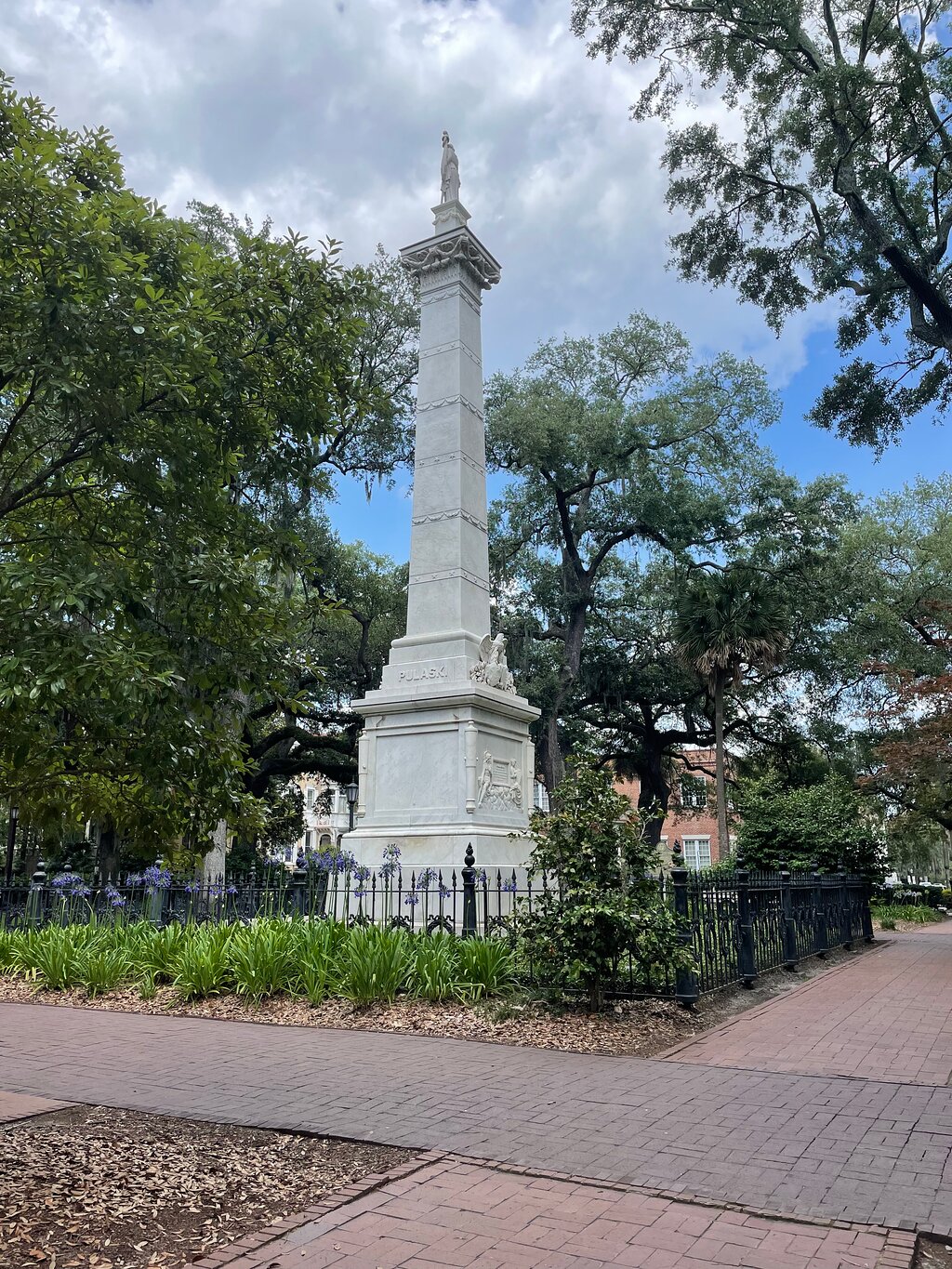
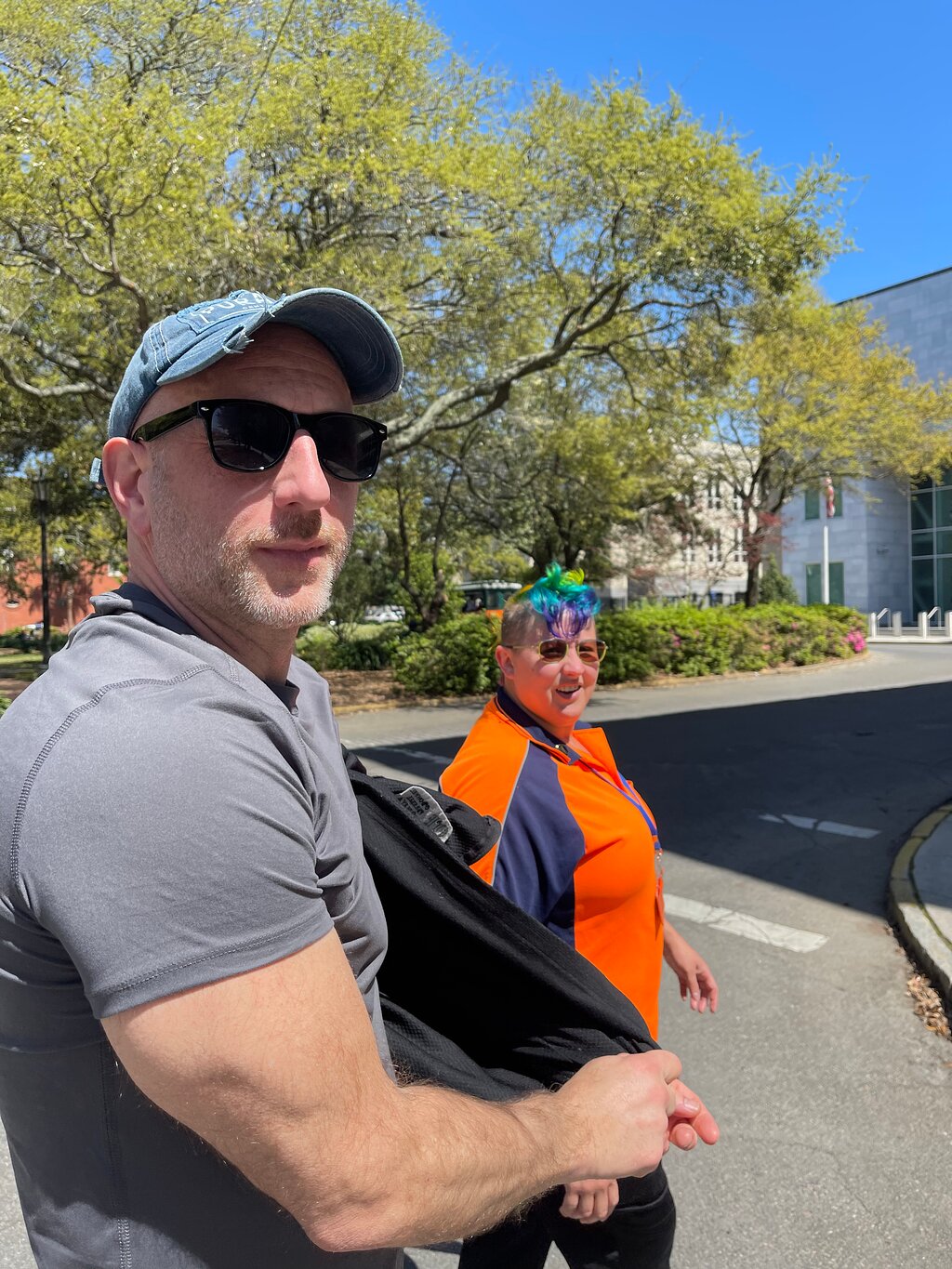
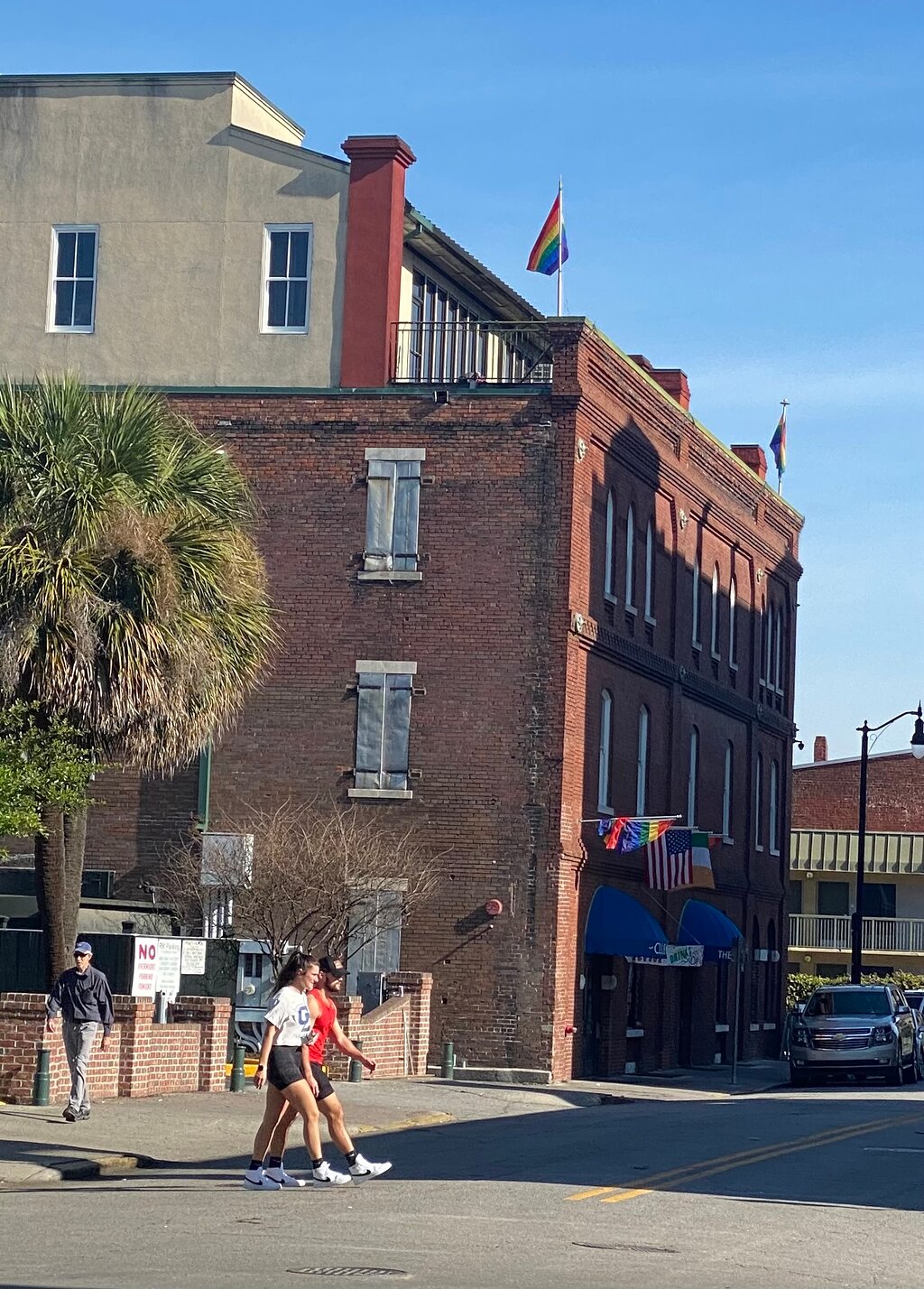

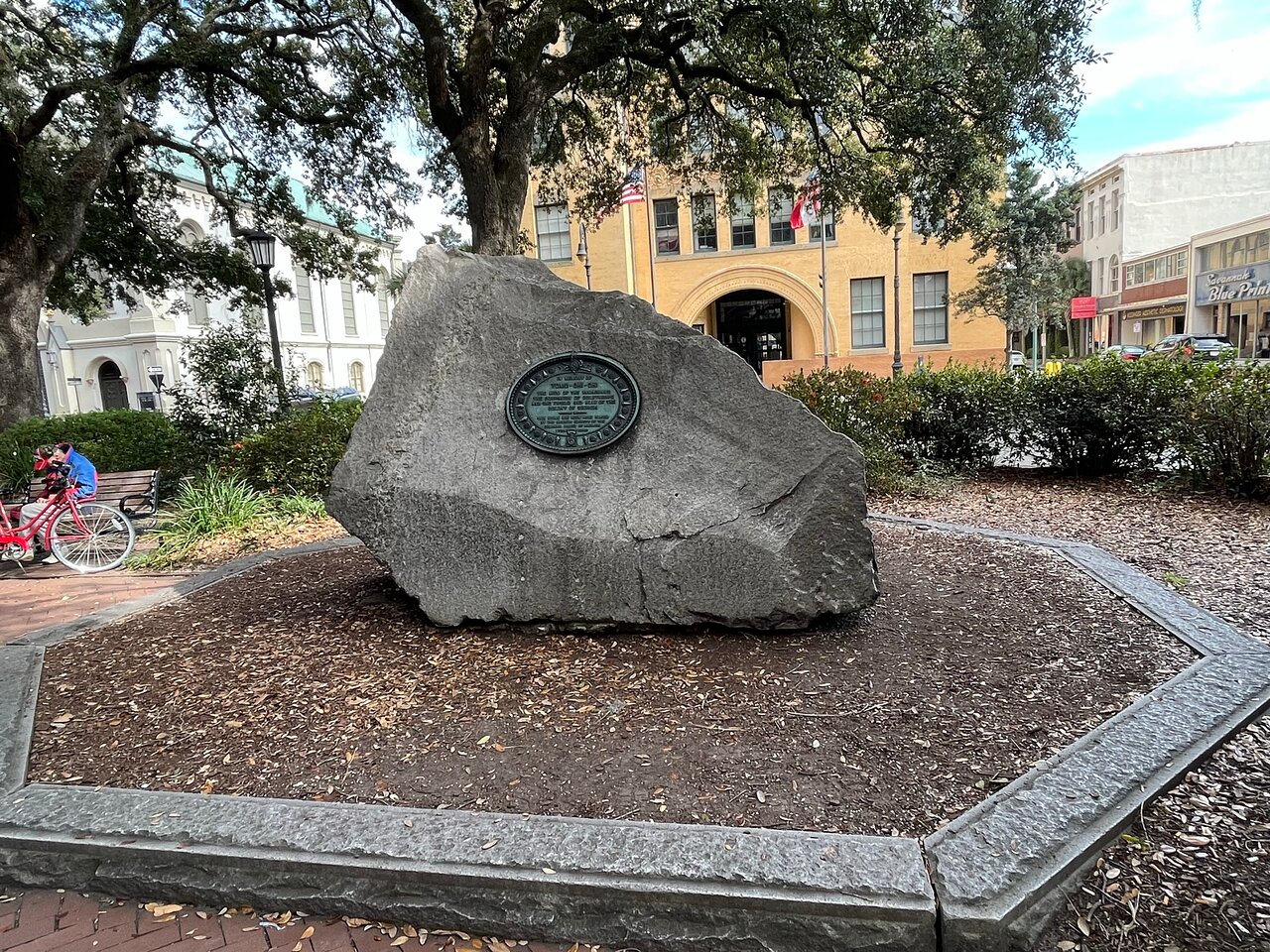
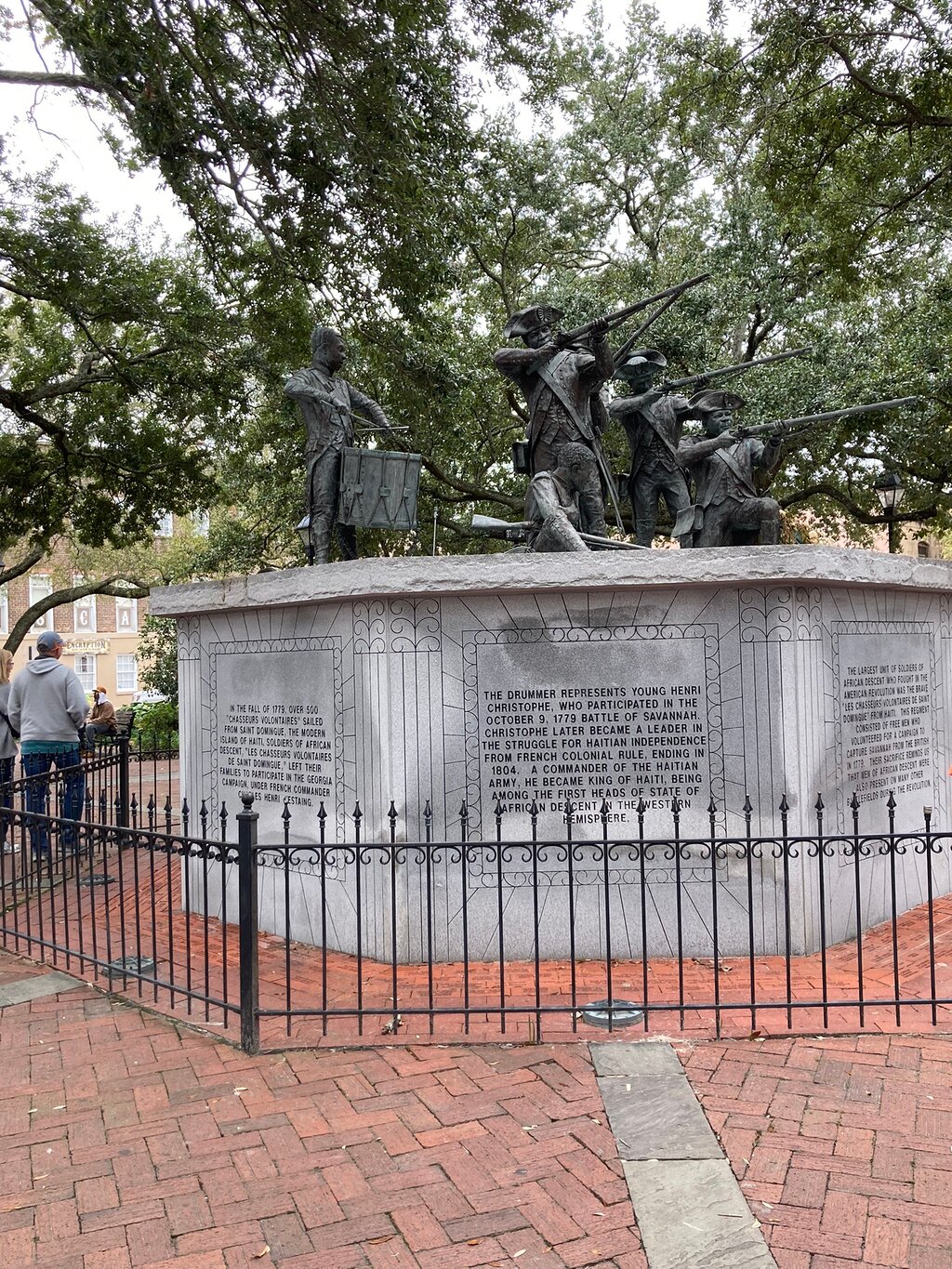
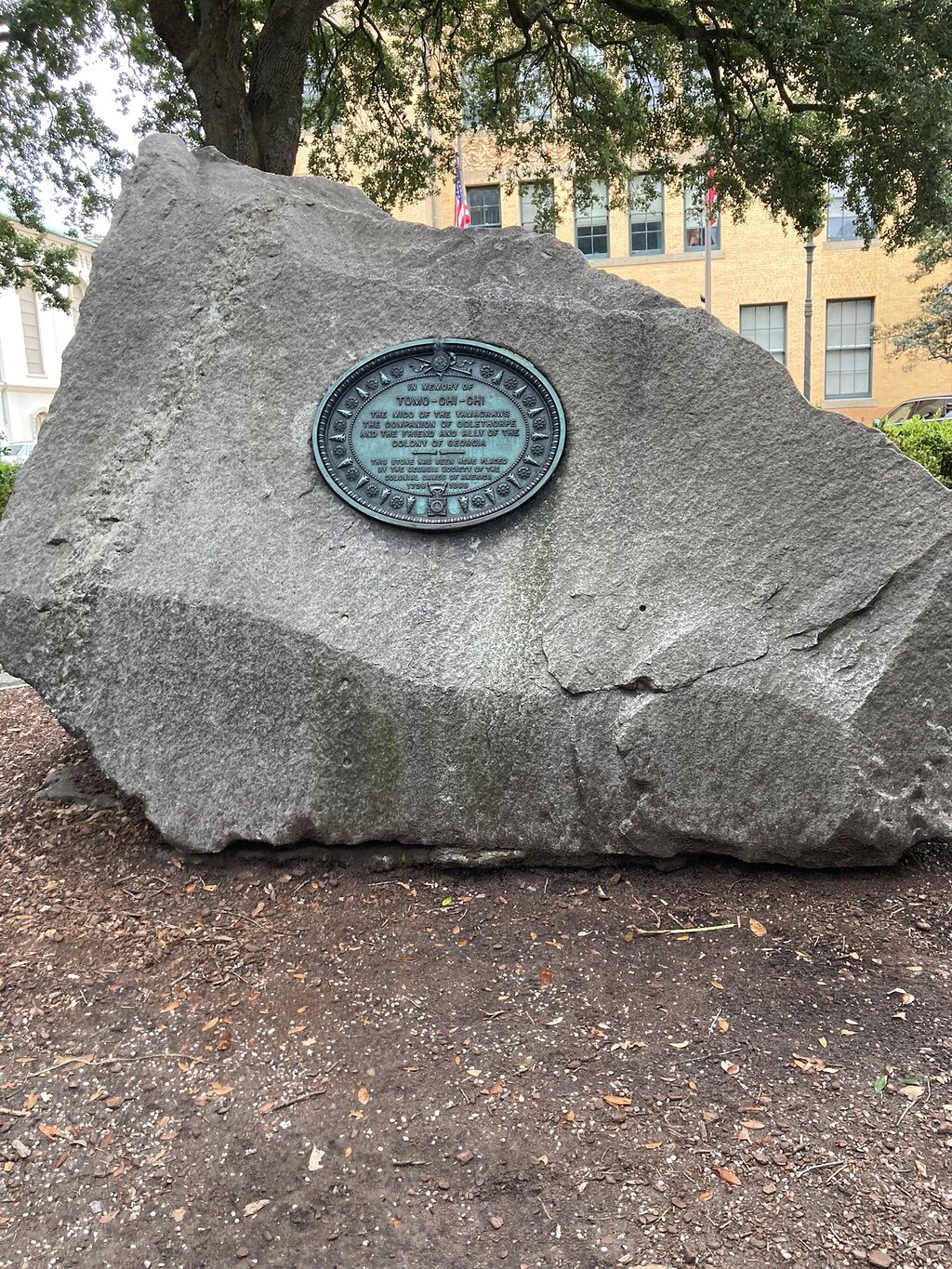
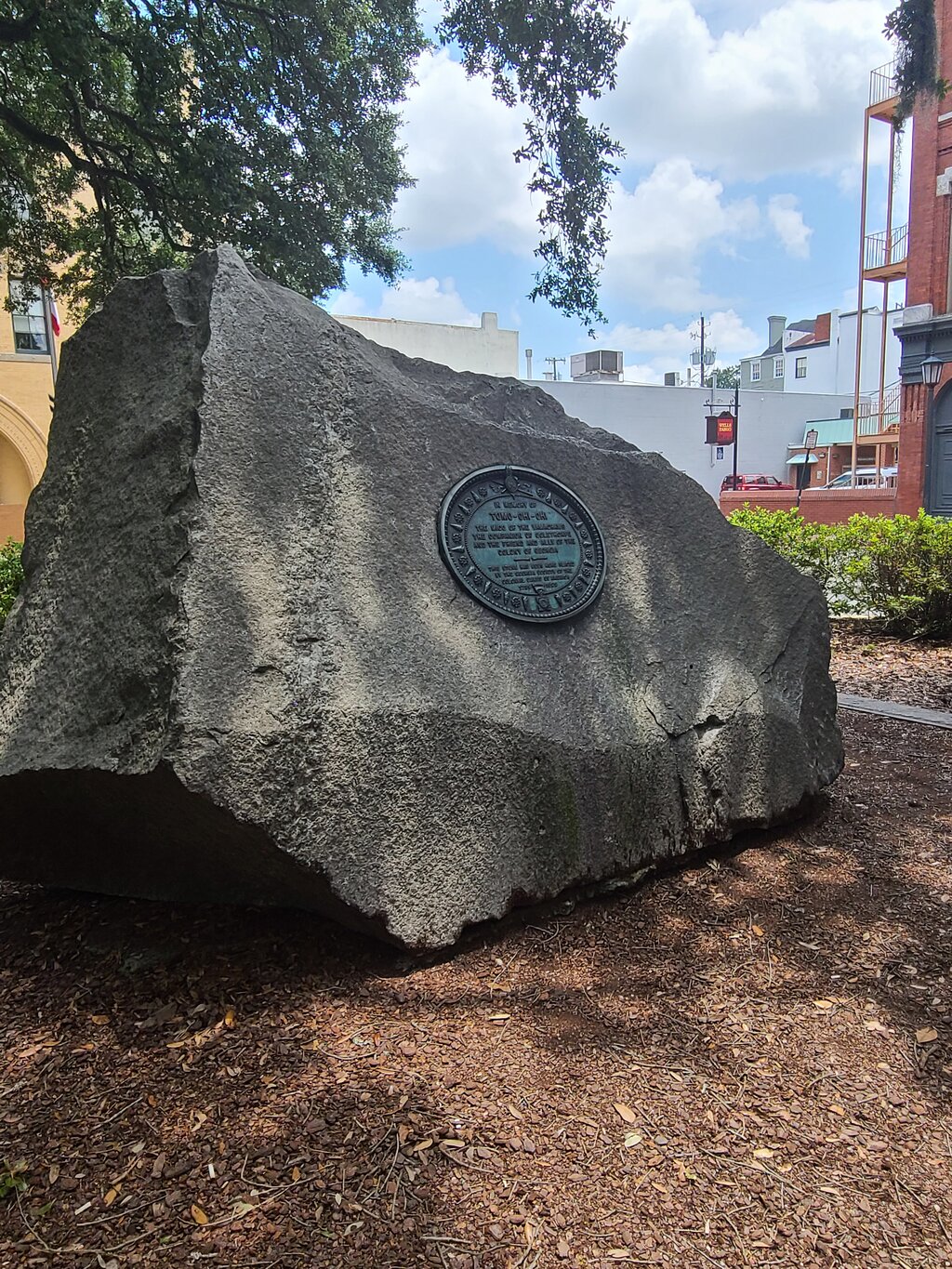
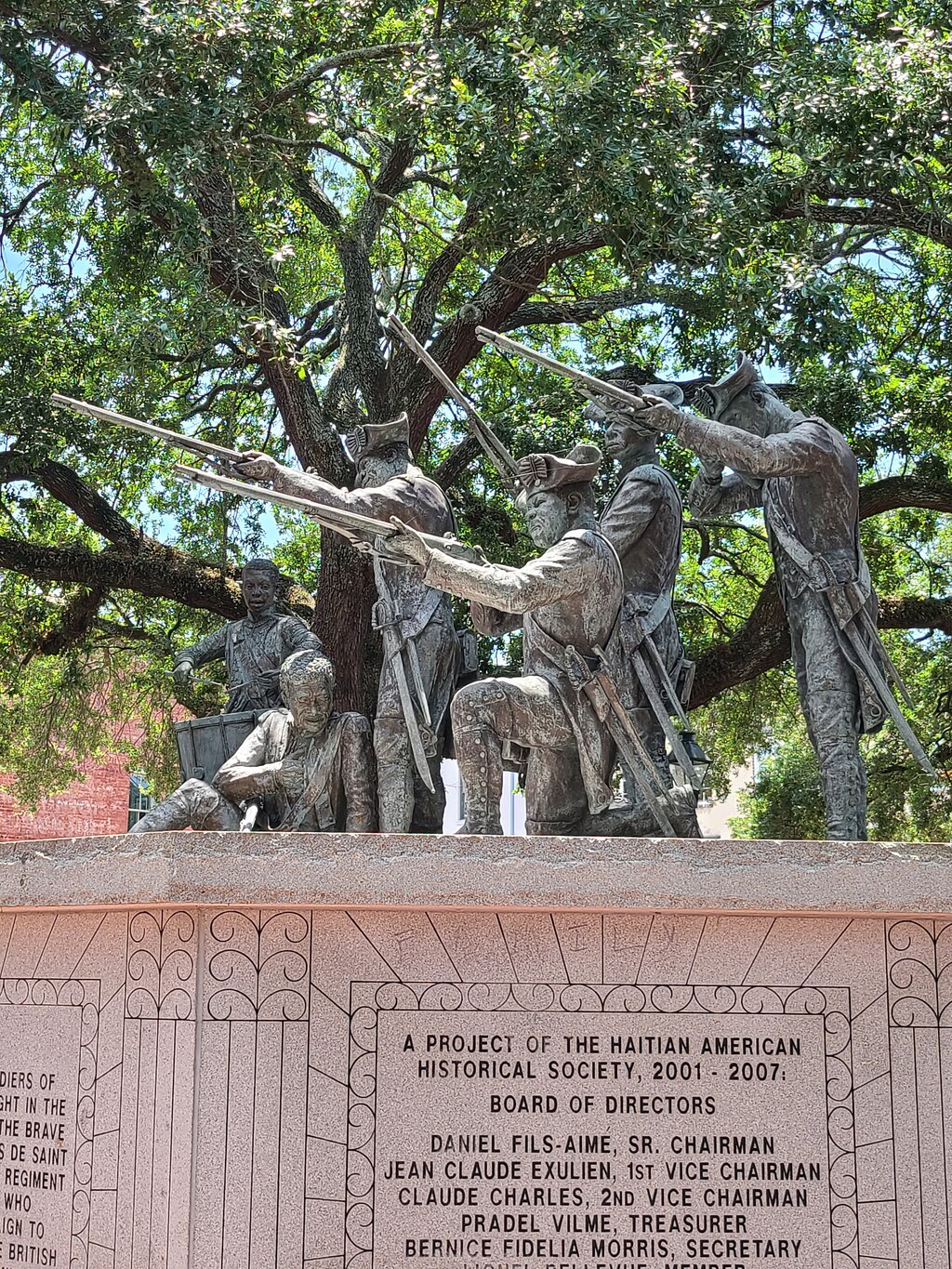
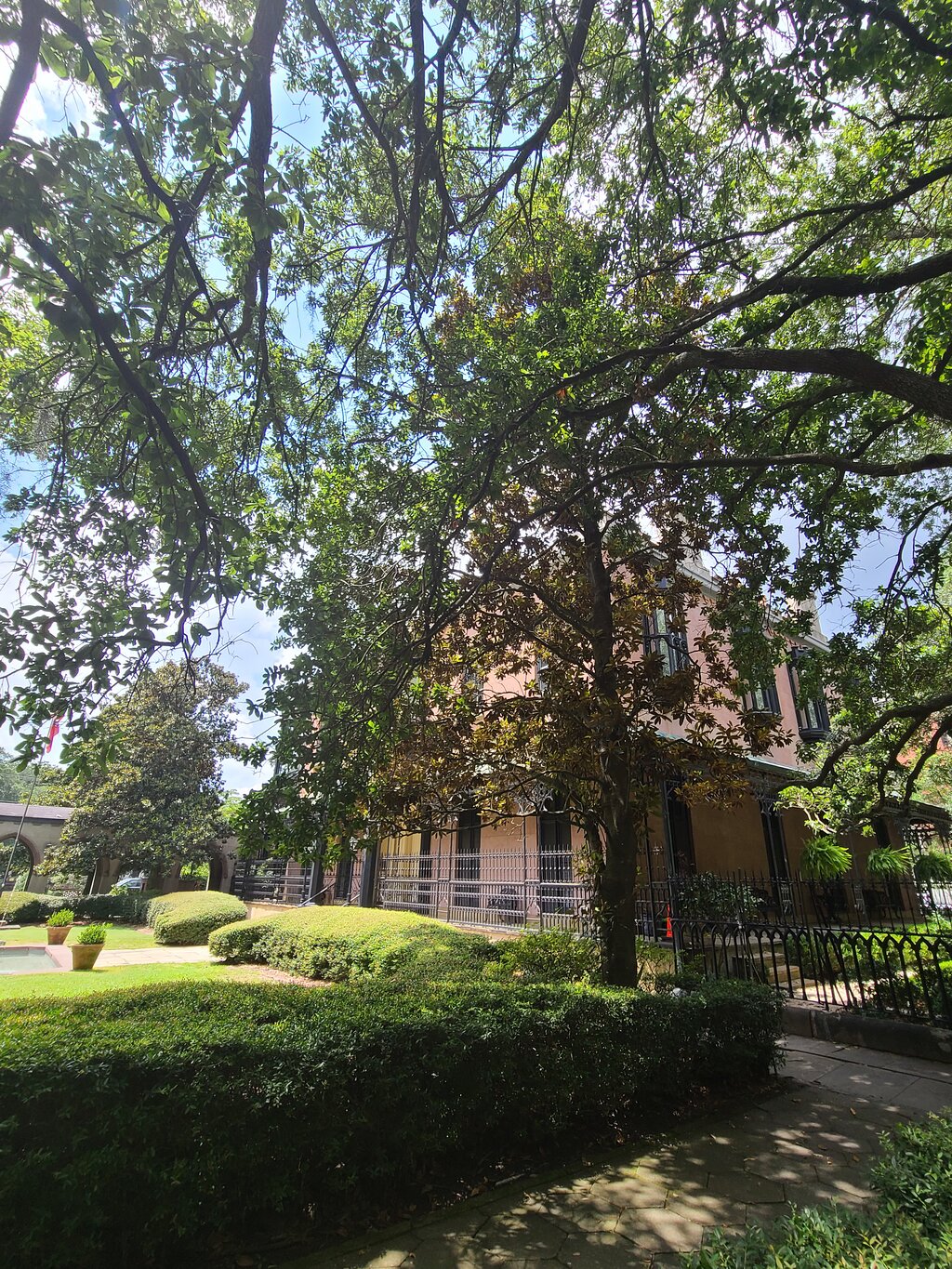

 Продовжуйте з Google
Продовжуйте з Google
 Продовжуйте з Facebook
Продовжуйте з Facebook
 Продовжуйте з Twitter
Продовжуйте з Twitter

